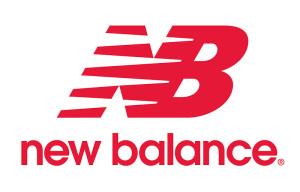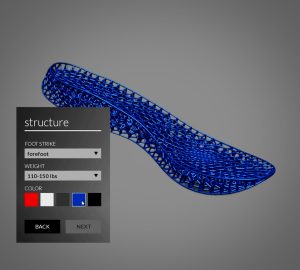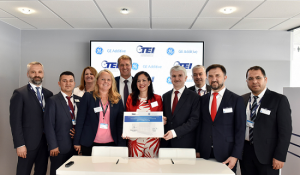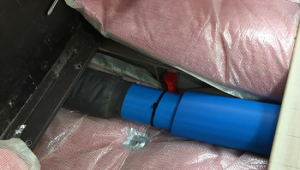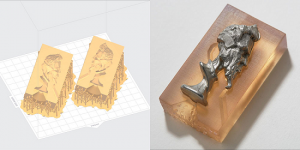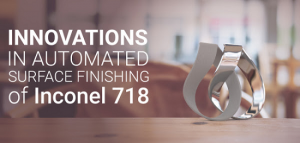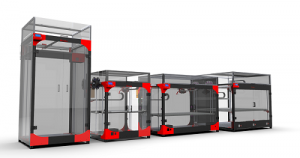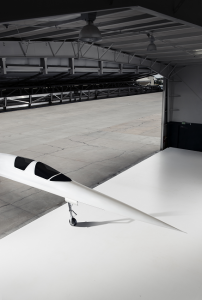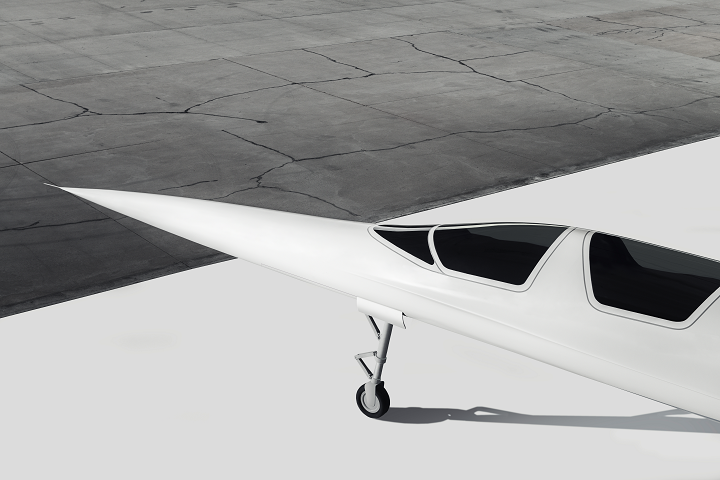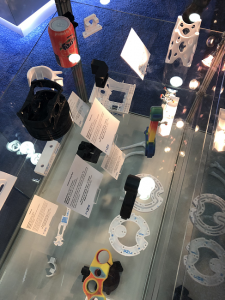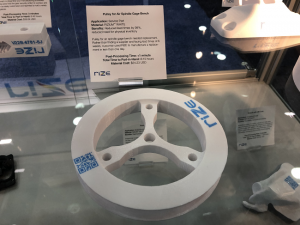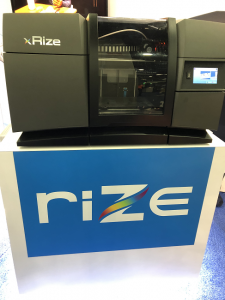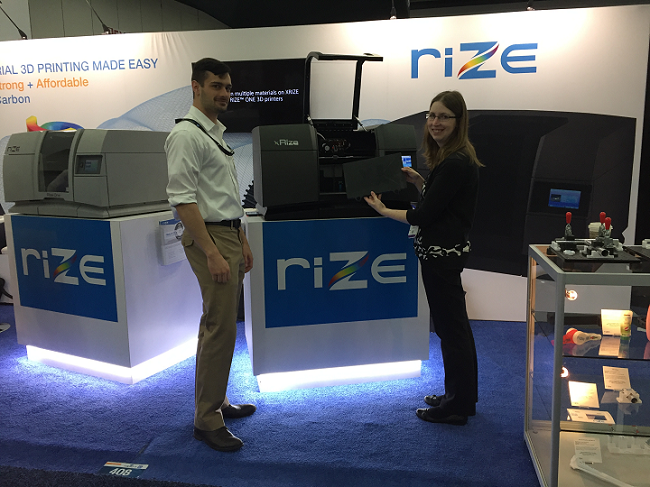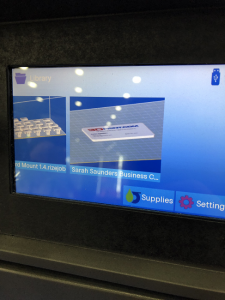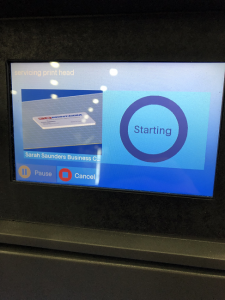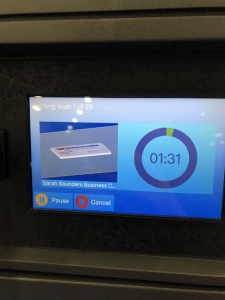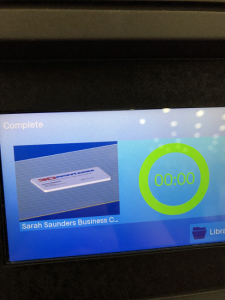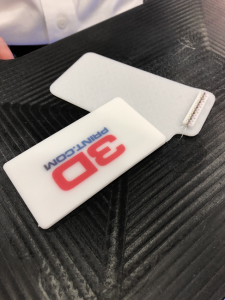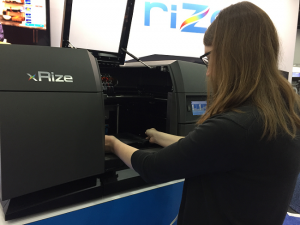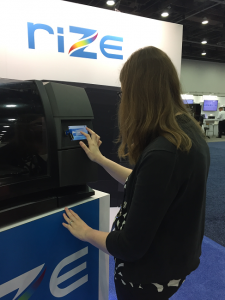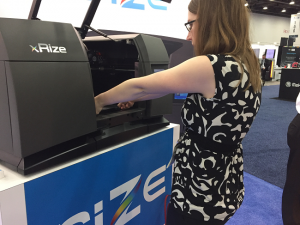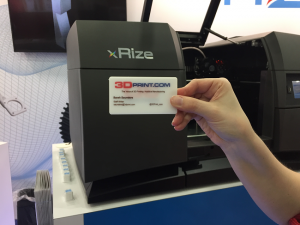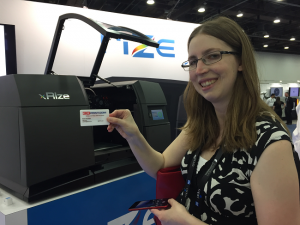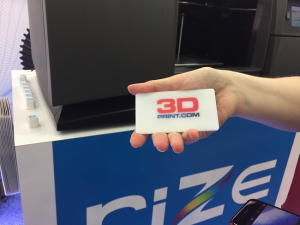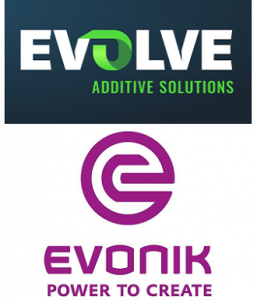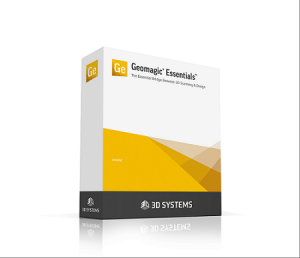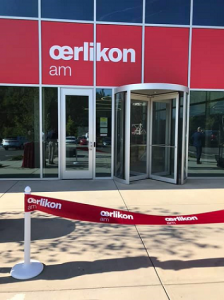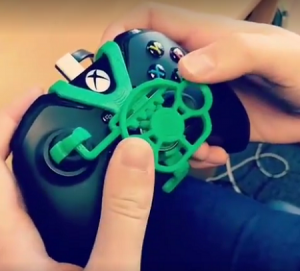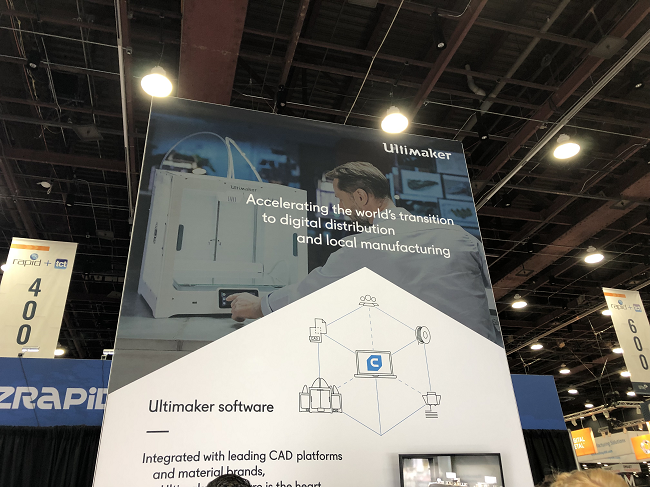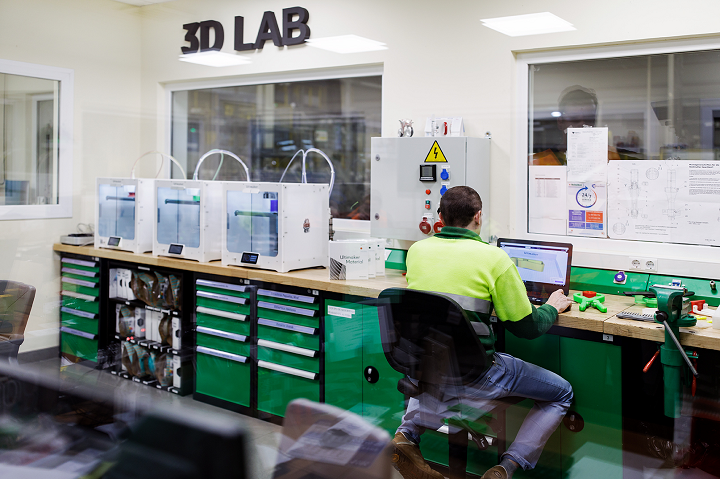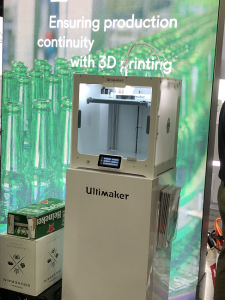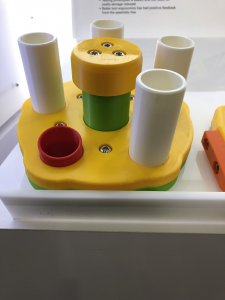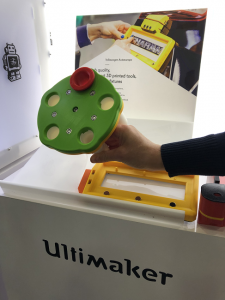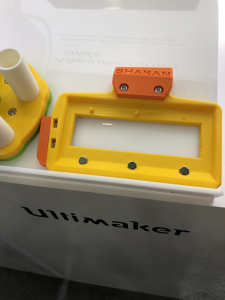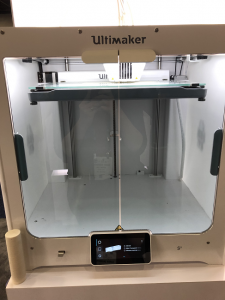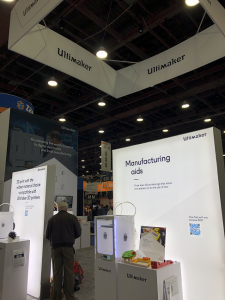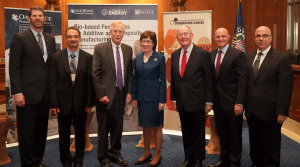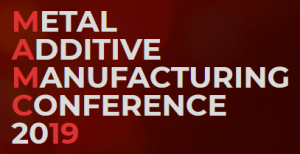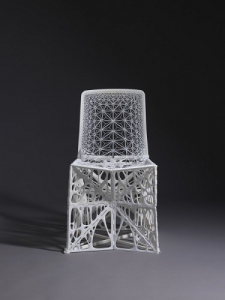We’re talking partnerships and materials in today’s 3D Printing News Briefs. The Alfa Romeo F1 team and Additive Industries are strengthening their technology partnership, while Beam-IT and SLM Solutions are expanding their own cooperation. Metallum3D just opened a new beta testing program for its stainless steel filament, while Zortrax and CRP Technology are both introducing new materials.
Alfa Romeo F1 Team and Additive Industries Strengthen Partnership
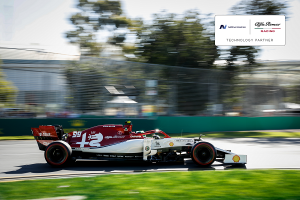 At the recent Rapid.Tech-Fabcon industrial 3D printing conference in Germany, Additive Industries announced that its current technology partnership with the F1 team of Alfa Romeo Racing would be growing stronger. The Sauber Engineering company, on behalf of Alfa Romeo Racing, has ordered an additional: 4-laser, multi-module MetalFAB1 Productivity System, bringing the total up to four systems and making it Additive Industries’ largest customer with a high-productivity metal 3D printing capacity.
At the recent Rapid.Tech-Fabcon industrial 3D printing conference in Germany, Additive Industries announced that its current technology partnership with the F1 team of Alfa Romeo Racing would be growing stronger. The Sauber Engineering company, on behalf of Alfa Romeo Racing, has ordered an additional: 4-laser, multi-module MetalFAB1 Productivity System, bringing the total up to four systems and making it Additive Industries’ largest customer with a high-productivity metal 3D printing capacity.
“Our installed base is growing fast, not only with new customers in our core markets like aerospace and the automotive industry but also through existing customers like Sauber Engineering, who are advancing to become one of the leading companies in industrial 3D printing in Europe, ramping up production,” stated Daan Kersten, the CEO of Additive Industries. “Although most users of metal additive manufacturing are still applying prototyping systems, we see an increasing number of companies concluding they need dedicated systems for series production. Our modular MetalFAB1 family is the only proven system on the market today designed for this use. We are grateful and proud to be technology partner to Sauber Engineering and the F1 team of Alfa Romeo Racing.”
Beam-IT and SLM Solutions Sign Expanded Agreement
Italian 3D printing service bureau Beam-IT and metal 3D printing provider SLM Solutions have signed an agreement, which will expand their current long-term cooperation. Together in a joint venture project, the two will work to develop more material parameters – focusing on certain material properties – for the nickel-based alloys IN939 and IN718; this process will help create a less lengthy timeframe in terms of parameter testing. Additionally, Beam-IT has added two new SLM 3D printers to its product portfolio: an SLM 280 and an SLM 500.
“We are pleased to announce our cooperation agreement with SLM Solutions and the two additional machines,” said Michele Antolotti, the General Manager of Beam-IT. “We regularly produce high-quality parts for our customers using selective laser melting because the SLM ® technology works efficiently, quickly and, above all, safely. With the expanded capacity of our new multi-laser systems we can also increase our productivity and react to the increased interest in SLM ® technology from our customers.”
Metallum3D Opens Stainless Steel Filament Beta Testing Program
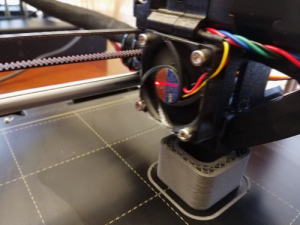 Virginia-based company Metallum3D announced that it has opened a beta test program for its stainless steel 316L 3D printing filament. This new program will support the company in its development of an affordable and accessible on-demand metal 3D platform for FFF 3D printers. The Filament Beta Test Program is open until July 31st, 2019, and a limited run of 150 0.5 kg spools of Metallum3D’s stainless steel 316L filament will be offered for a discounted price on a first come, first serve basis.
Virginia-based company Metallum3D announced that it has opened a beta test program for its stainless steel 316L 3D printing filament. This new program will support the company in its development of an affordable and accessible on-demand metal 3D platform for FFF 3D printers. The Filament Beta Test Program is open until July 31st, 2019, and a limited run of 150 0.5 kg spools of Metallum3D’s stainless steel 316L filament will be offered for a discounted price on a first come, first serve basis.
Nelson Zambrana, the CEO of Metallum3D, said, “Our 1.75mm Stainless Steel 316L filament material has a metal content of 91.7% by weight or 61.5% by volume, while maintaining enough flexibility for a minimum bend diameter of 95 mm (3.75 in.). The combination of high metal loading and filament flexibility was a tough material development challenge that took us over a year to solve.”
Zortrax Introducing Biocompatible Resins for Inkspire 3D Printer
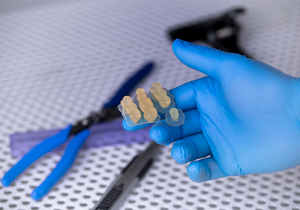 Last year, Polish 3D printing solutions provider Zortrax developed the Inkspire, its first resin 3D printer. The Inkspire uses UV LCD technology to create small and precise models for the architecture, jewelry, and medical industries. With this in mind, the company is now introducing its specialized biocompatible resins that have been optimized for the Inkspire to make end use models in dentistry and prosthetics.
Last year, Polish 3D printing solutions provider Zortrax developed the Inkspire, its first resin 3D printer. The Inkspire uses UV LCD technology to create small and precise models for the architecture, jewelry, and medical industries. With this in mind, the company is now introducing its specialized biocompatible resins that have been optimized for the Inkspire to make end use models in dentistry and prosthetics.
The new class IIa biocompatible Raydent Crown & Bridge resin is used for 3D printing temporary crowns and bridges, and is available in in an A2 shade (beige), with high abrasion resistance for permanent smooth surfaces. Class I biocompatible Raydent Surgical Guide resin for precise prosthetic surgical guides is safe for transient contact with human tissue, and offers translucency and high dimensional accuracy. With these new materials, the Zortrax Inkspire can now be used by prosthetic laboratories for prototyping and final intraoral product fabrication.
CRP Technology Welcomes New Flame Retardant Material
In April, Italy-based CRP Technology introduced its Windform P-LINE material for for high-speed, production-grade 3D printing. Now, it’s officially welcoming another new material to its polyamide composite family – Windform FR1, the first carbon-filled flame-retardant laser sintering material to be rated V-0. The material is from the Windform TOP-LINE family, and passed the FAR 25.853 12-second vertical, the 15-second horizontal flammability tests, and the 45° Bunsen burner test. The lightweight, halogen-free material combines excellent stiffness with superior mechanical properties, and is a great choice for applications in aerospace, automotive, consumer goods, and electronics.
“Only a few days from the launch of a new range of Windform® materials, the P-LINE for HSS technology, I’m very proud to launch a new revolutionary composite material from the Windform® TOP-LINE family of materials for Laser Sintering technology,” said Franco Cevolini, VP and CTO at CRP Technology. “Our aim is to constantly produce technological breakthroughs. With Windform® FR1 we can steer you toward the proper solution for your projects.
“We will not stop here, we will continue our work on renewal and technological expansion in the field of Additive Manufacturing. Stay tuned!”
Discuss these stories and other 3D printing topics at 3DPrintBoard.com or share your thoughts in the Facebook comments below.




